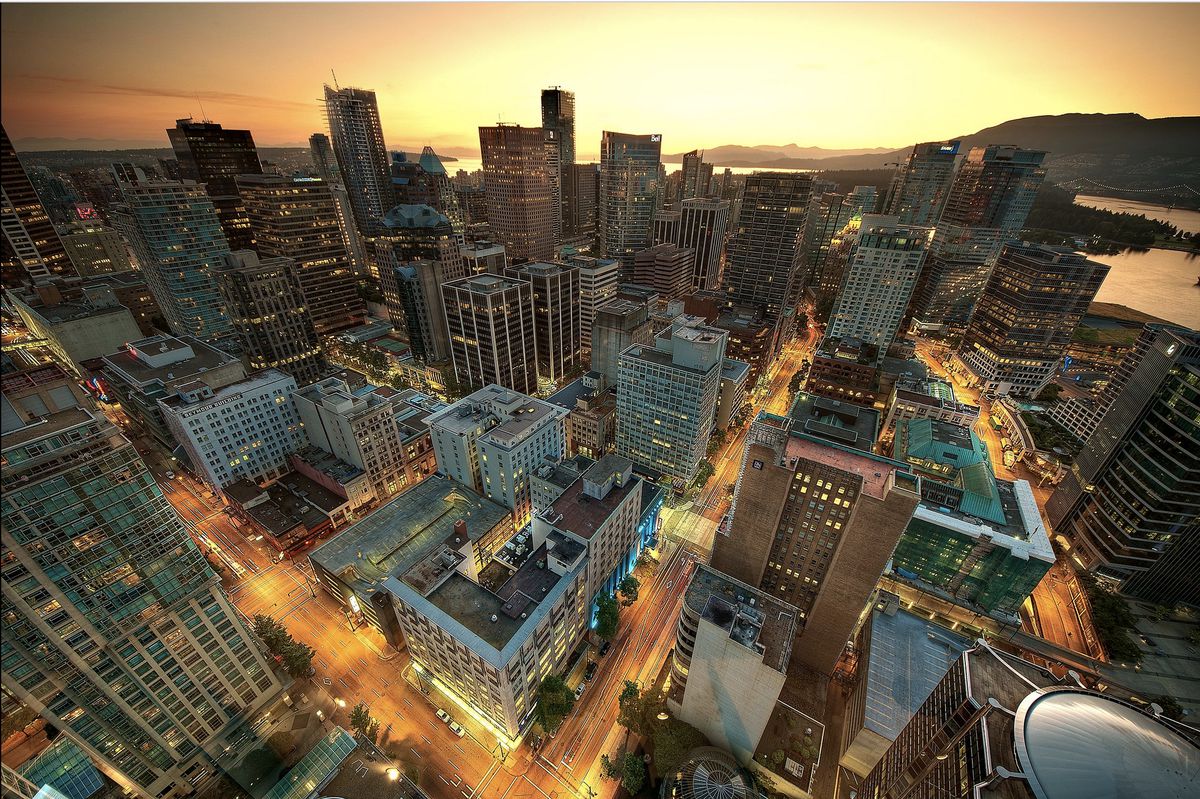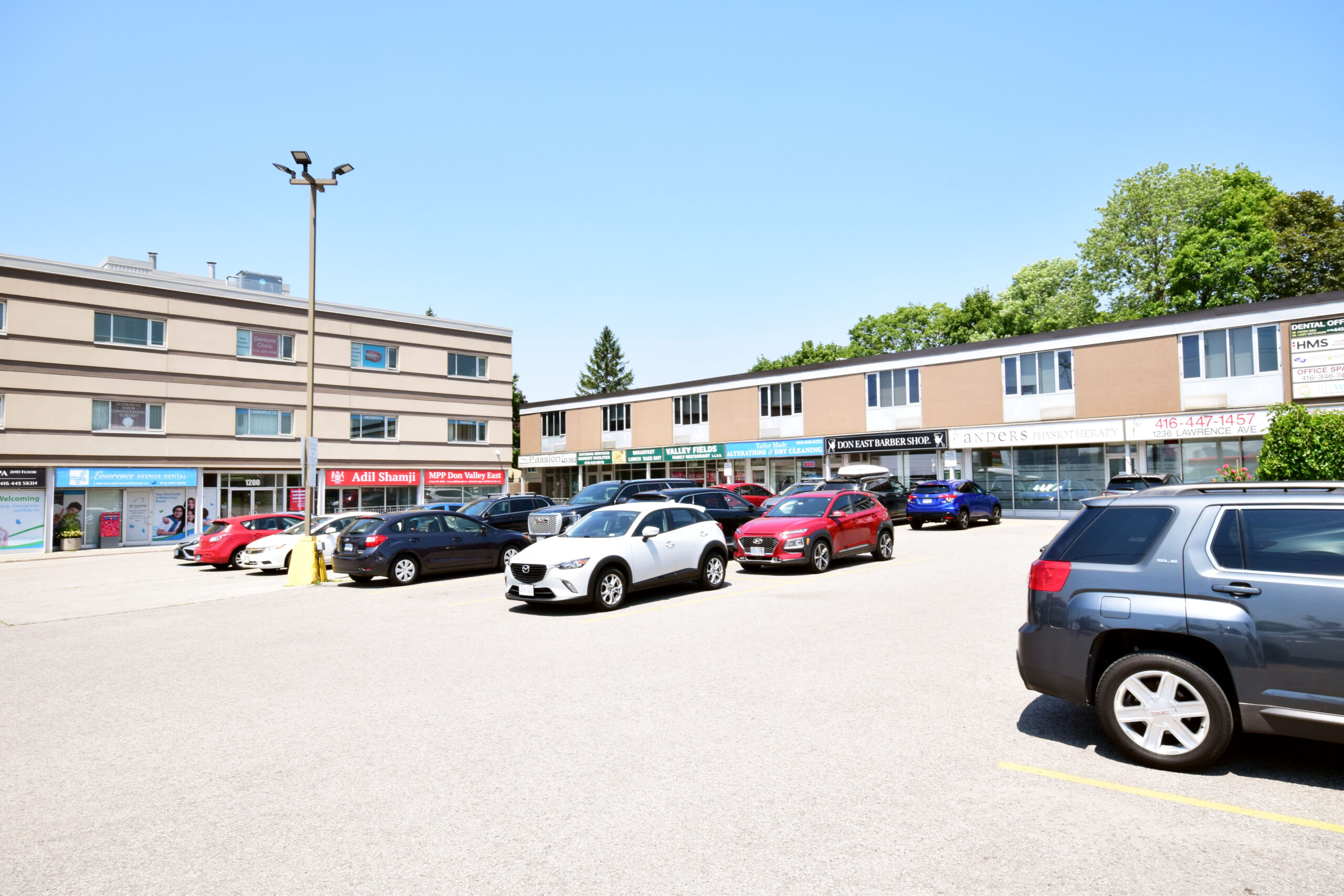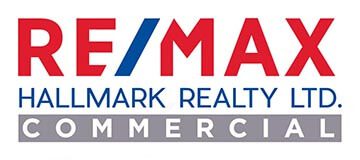Art of the flip: Converting office buildings to apartments

Art of the flip: Converting office buildings to apartments
The far-reaching effects and opportunities of the pandemic are countless, and doubtless you have probably educated yourself on the ones that are relevant to you. In this article, I’d like to highlight one which we think is a major opportunity globally for apartment developers.
It is no surprise that lockdowns and the continuing need for isolation and quarantining has had a major effect on the workforce, and particularly where they work from.
A McKinsey report suggests that 20 per cent of the workforce could work remotely for three to five days per week just as effectively as from an office. That is an increase of three to four times pre-pandemic levels.
We’re seen major companies like Amazon, Capital One, Facebook and Ford announce permanent remote work options for some of their staff, and probably everyone reading this has personally worked from home, for some period of time, successfully in the past two years.
The obvious consequence has been an increase in office vacancies in some markets.
Higher vacancy in older office buildings
Depending on the city, the office vacancy rate falls anywhere between nine and 24 per cent and this statistic does not count the many spaces available for sublease from tenants who are locked into long-term office leases they no longer need.
The highest vacancy rates are being seen in older, less desirable buildings as these tenants can upgrade to better quality office space that has become available.
With some experts predicting that vacancy rates will continue to rise through 2022, the picture does not look great.
Remember that because office leases need to recover operating costs, a building can only stay above water for so long.
Consider a 20,000-square-foot office building with $12 rent per square foot and $15 operating costs per square foot. At 100 per cent occupancy if you are recovering 100 per cent of your expenses, you are bringing in $240,000 in base rent and recovering $300,000 in expenses, for a total profit of $240,000.
In the event of having only 10,000 square feet leased (50 per cent vacancy), then you’re only earning $120,000 in base rent and only recovering $150,000. However, your costs are $300,000, so in a 50 per cent vacancy situation, you find yourself underwater by $30,000.
Factors in converting offices to apartments
There are three key factors that need to be properly met for an office building to be a candidate for conversion to apartments:
- Location: The first, as always in real estate, is location. The building needs to be in a good location where people will want to live.
- Price: Where an office building can be purchased for a low enough price, conversion to residential can be an economically appealing option. Since the building’s structure, elevators, stairs and parking lots can be reused, some of the costliest elements are already in place. As construction costs continue to increase, the idea of starting with some of your base building elements in place can be attractive.
- Layout: While there is no requirement for every cubicle and meeting space to have windows, every apartment needs to adhere to building codes and needs to have a certain number of windows. This means that narrower buildings are often easier to convert into residences. There is room to be creative, but the general shape and layout of a building will play an important role in the feasibility of a conversion project.
Adaptive reuse is not a new concept. In the United States, there are many examples of obsolete buildings being repurposed into schools, hotels and self-storage facilities as well as some unique ideas which have been successfully executed such as urban vertical farms and retail pick-up locations.
Calgary leading the way
Of the nearly 32,000 apartments created in the U.S. through adaptive reuse since the start of the decade, 41 per cent are in converted office buildings, according to an analysis by RentCafe.
Here in Canada, the City of Calgary – currently experiencing one of the highest vacancy rates for offices in the country – is leading the way with conversion projects and is offering an initiative to developers to incentivize these types of projects.
The city is offering owners of downtown office buildings $75/square foot, up to a maximum of $10 million per property to convert to residential buildings.
The city has allocated $45 million to this program in the hopes of spurring on such conversions.
Over the years, we have advised several our clients on office conversion projects across the country, including properties in Montreal and Calgary.
The pandemic is changing the way we work and live, hence we’re excited to be working with industry experts from Canada, the U.S. and Europe in order to provide strategy, discussion and case studies from around the globe – in order to bring the spotlight onto this opportunity.
Office conversion is a fast way to create supply and can help with rental availability and affordable housing solutions which are desperately needed.
Source Real Estate News Exchange. Click here to read a full story
You must be logged in to post a comment











